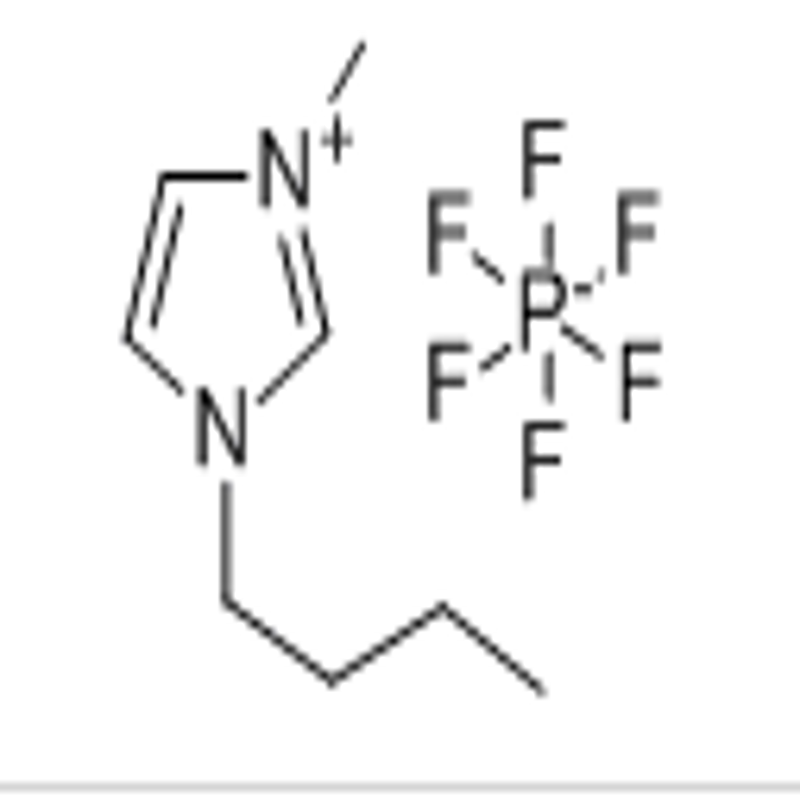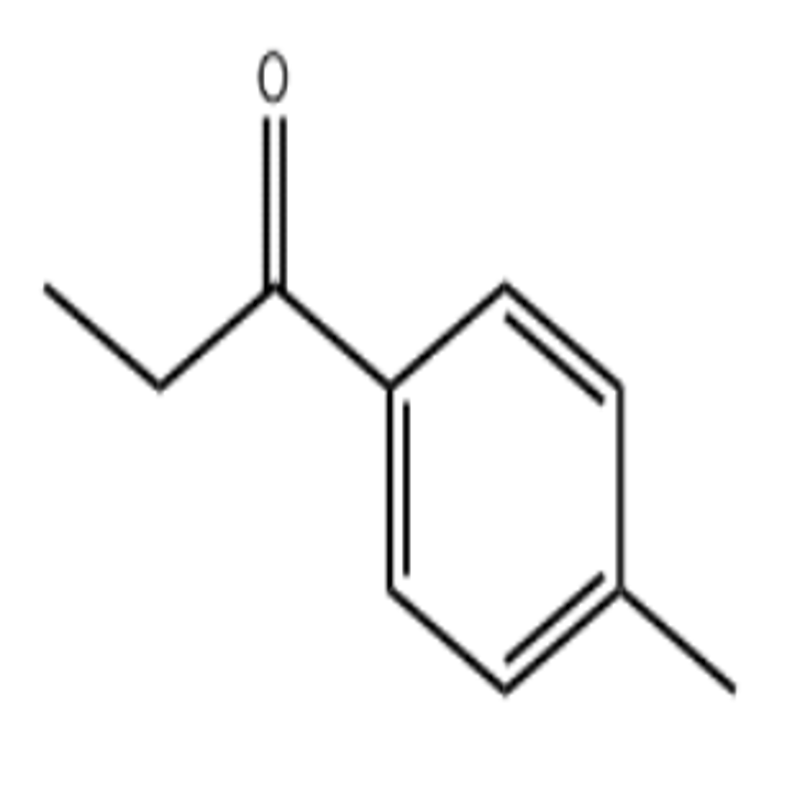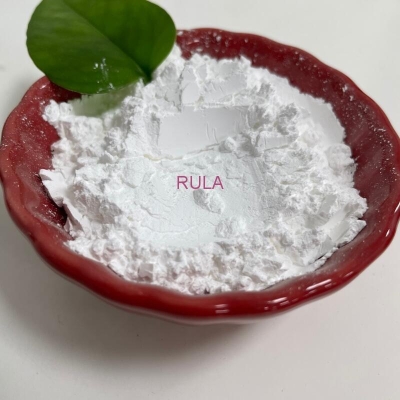-
Categories
-
Pharmaceutical Intermediates
-
Active Pharmaceutical Ingredients
-
Food Additives
- Industrial Coatings
- Agrochemicals
- Dyes and Pigments
- Surfactant
- Flavors and Fragrances
- Chemical Reagents
- Catalyst and Auxiliary
- Natural Products
- Inorganic Chemistry
-
Organic Chemistry
-
Biochemical Engineering
- Analytical Chemistry
- Cosmetic Ingredient
-
Pharmaceutical Intermediates
Promotion
ECHEMI Mall
Wholesale
Weekly Price
Exhibition
News
-
Trade Service
Recently, AbbVie completed its third major deal in China, becoming one of the most frequent MNC partners with local innovative pharmaceutical companies this year.
, in fact, in the catalysis of the outbreak, whether it's between MNC and native Biotech, or Biotech and Biotech, co-operation is becoming more frequent.
incomplete statistics, as of the end of July, there were nearly 40 authorized partnership deals between new drugs alone, while the number of first-half deals between MNC and Biotech was close to the full year of 2019.
noteworthy is that in the past, local Biotech obtained new drugs primarily through cooperative transactions and worked with MNC to advance research and development, with the most representative companies such as Xinda Bio and Lilly Pharmaceuticals successfully moving PD-1 from research and development to market; In a number of changes, local Biotech has begun to focus its cooperation on promoting the commercialization of new drugs, such as the commercialization of up to 4.48 billion yuan between Huali Pharmaceuticals and Bayer for a new generation of diabetes drug dorzagliatin.
From this year's product transactions, it is not difficult to find that in the policy, market, competition, development and other factors, the domestic competition for new drugs has gradually entered the 2.0 era, from the single pursuit of research and development product pipeline, and gradually expanded to commercial listing competition.
recently, gao Wei capital Zhang Lei in the dialogue Li Xiaoga, the biotechnology industry in the stage of a key word "Camo period stage."
he said, "What stage has life sciences, biotechnology, come?" Called the Camburo period stage, is the life of the outbreak stage, all kinds of species all appear, these appear behind the regulatory, there is a market economy.
" in the "Campian period", biomedical innovation pharmaceutical enterprises emerged, new drug species, new drugs clinically stacked eruption, E drug managers in the first half of 2020 in one of the key words is "explosion."
Rare! 3.75 days a pharmaceutical company listed, Sanofi, BI, sorghum and other dense layout, biomedicine start "asset transfer"? To some extent, the outbreak will lead to an escalation of competition, so when domestic pharmaceutical companies are "calling for innovation", whether it is MNC, or Biotech, they face more and more competitors, the more urgent the situation will be.
the ultimate goal behind these big moves is to gain or maintain a competitive position, but the immediate motivations are not the same.
from this year's active trading, can be broadly divided into two categories: passive grouping and active planning.
In particular, the "hug" is mainly between MNC, which has been under pressure in recent years to acquire new growth points, and Biotech, a local company with weak commercialization capabilities for drugs, while others may not have a "new drug shortage" but are frequently attacking the market to expand their research and development pipelines through mergers and acquisitions or licensing deals, a class of drug companies designed to prepare for the storm.
01 passive clumps are not a pejorative term here, because co-operation in alliances is also a positive response when competition is fierce.
2020, a sudden outbreak has changed the way many industries develop.
If you look at the gloomy data, you'll find that from time to time there are stories of retail giants closing their stores, which may include unprinted products, Swarosch, Daphne, etc., in every country, of course, this is a well-known enterprise, small businesses are afraid to count.
to the field of biomedicine, but it is a positive catalyst, some investors in the pharmaceutical market encountered the "4 plus 7" with volume procurement, auxiliary drug catalog and other "dark" years, decided not to touch biopharmaceutical stocks within 3 years.
but the reality is always unexpected, the outbreak has put biomedical station on the unprecedented high-gloss moment, and the "dark" behind the high-gloss has not been a belt.
year, AbbVie completed three major deals in China, becoming the most frequently associated MNC with local innovative pharmaceutical companies.
the first of its many events, on June 1st, AbbVie announced that it would jointly develop and commercialize the latter's SHP2 inhibitors with Beijing-based Garcos.
agreement, AbbVie will be granted exclusive rights to the Garcos SHP2 project.
's second transaction took place on June 5, when AbbVie, Platinum Pharmaceuticals, the University of Utrecht in the Netherlands and erasmus University Medical Center jointly announced a strategic partnership for a joint development of 47D11 medium and antibodies, through which AbbVie will have the opportunity to obtain exclusive global commercial interests in the project.
third in the U.S. on September 4th, when Skydive announced a $1.94 billion partnership with AbbVie.
Through the partnership, AbbVie will obtain a license for the development and commercialization of the Tiantian BioCD47 single resistance outside Greater China, with the agreement that the two parties will jointly be responsible for the production of the product and that the production and supply of the global market will be led by AbbVie.
the "golden lord" behind such frequent trading is not as superficial.
In 2019, when the FDA approved eight Adamo mono-similar drugs, sales began to decline year-on-year, with full-year revenue of $19,169 million and single-product revenue accounting for 58 percent of AbbVie's total revenue.
sees the impact of Shumeile on AbbVie.
in China, so far, including Baiotai, Haizheng Pharmaceuticals, Xinda Pharmaceuticals, three Adamo monobial-like drugs have appeared.
, however, shumeile has already cut prices by 60% to 3,160 yuan in 2019, and Haitong Securities estimates that in 2020, Shumeile may reduce from 3,160 yuan to 1,290 yuan through 2020 health care negotiations.
, the most important thing at this stage for AbbVie, which has plenty of cash flow, is to buy, expand the research and development pipeline, and find a new "drug king".
A similar situation is Bayer, which said in its half-yearly report this year that global sales of the diabetes drug Baytang, commonly named Acapo sugar, fell 73.8 per cent, mainly because of a volume-based procurement policy in the Chinese market, and that the increase in sales at Bay Tang could not offset the sharp drop in drug prices.
is one of the few times MNC has singled out China in its annual report, and its impact is evident.
But Bayer's Bayer has a multi-year base in China, including sales channels, patient education, etc., and may face a large exit cost if it does not need input from the software.
August 17th, Bayer announced a strategic partnership with China National Pharmaceuticals to reach a commercial cooperation agreement in China on a new diabetes treatment drug, dorzagliatin.
will receive up to 4.48 billion yuan from the deal, while Bayer will have exclusive commercial rights to the product in China and will receive a service fee based on a percentage of China's net sales.
In accordance with the terms of the agreement, Huali Pharmaceuticals will be responsible for clinical development, registration, product supply and distribution as a licensed holder of the drug, and Bayer, as a promotional service provider, will be responsible for the marketing, promotion and medical education activities of the product in China.
this, Bayer's software investment in Bayer's top-of-the-house has finally been undertaken.
is more noteworthy that the deal is different from most deals in that biotech directly licensed the right to commercialize China to Bayer.
, the first unprofitable pharmaceutical company to list on the Hong Kong Stock Exchange since the New Deal, has been less optimistic in the capital markets because many capitals have questioned the role of dorzagliatin.
the drug is currently in Clinical Phase 3, but Hualin Pharmaceuticals has not been equipped with a commercial operations team, so working with Bayer has become its main way to combat competition.
02 Initiative planning is the opposite of hugging, some enterprises may not be out of performance pressure, or lack of commercial capacity, but take the initiative to buy and buy, in order to expand their research and development pipeline, through volume change to enhance their competitiveness.
earlier, BMS is a classic example.
years ago, BMS, which prides itself on pearl chain mergers and acquisitions, never thought it would make a "big merger of the century" and, of course, could be due to practical reasons such as capital.
but when BMS swallows the new base, you'll find that he's starting to buy some platform assets, and the new base is the biggest platform.
the difference between buying a big platform means buying not just a single drug, but her entire business team, channels, and so on.
So, when MNC, like BMS, which doesn't lack new drugs, swallows the new base, his goal is to expand to become a top pharmaceutical company, and indeed from an revenue perspective, BMS jumped from the global pharmaceutical TOP10 list to the TOP5 list.
return to the country, Baiji Shenzhou seems to have the "BMS" gene.
2020, Baiji Shenzhou is also an active target in the new drug trade, but unlike the above-mentioned local biotech, Baiji Shenzhou is the one to buy.
fact, from the research and development pipeline in Baiji Shenzhou, her motivation to buy is not so strong.
This young company, with the number and progress of hengrui medicine products, "Hengrui medicine and Baiji Shenzhou pipeline comparison" commercialization capacity, although not comparable to Hengrui medicine's 10,000 legions, but also a thousand troops.
Take PD-1 sales, Xinda Bio because of the first half of health insurance sales of 921 million yuan, sales team of more than 1100 people size;
is not short of pipelines, not lack of commercialization ability of Baiji Shenzhou is also on this year's active list of transactions.
August 27th, Baiji Shenzhou announced that it had reached an exclusive licensing agreement for the new coronavirus and antibodies developed by Danshu Bio, and obtained exclusive rights to the development, production and commercialization of several new crown candidate drugs outside the mainland.
August 24th, an agreement was signed with Baeotelli for the licensing, distribution and supply of Beva Zhu monobial-like drugs in China, a transaction similar to that of Hualu Pharmaceuticals and Bayer.
commonality is that Baiotai and Hua-Li Pharmaceuticals have handed over the right to commercialization in China to Baiji Shenzhou and Bayer, respectively.
like Chinese medicine, Baiotai is a young company with an Adamo monobial-like drug, which is difficult to commercialize if you want to cover both drugs.
also reflected in the industry, now the new product "into the hospital" is very difficult, it is best to negotiate through health care.
January, Baiji Shenzhou also introduced several mono-anti-drugs for the treatment of tumors from EUSA Pharma.
there are so many research and development pipelines in Baiji Shenzhou, why buy them? "How much money do people have?" That follows comments made by Baiji Shenzhou on July 13th when it completed a $2.08bn equity financing.
In fact, in a highly competitive environment, Baiji Shenzhou, which has a lot of cash and candidates in its hands, spreads the risk by expanding its pipeline-forming platform, after all, Zebtini sold just $720,000 in the U.S. in the first quarter of 2020.
on the other hand, it may also be to consider the realization of pipeline assets, such as the rights and interests of Baiotai Beval beads, is a late-clinical product, but also in order to commercial competition in the support of new drugs.







